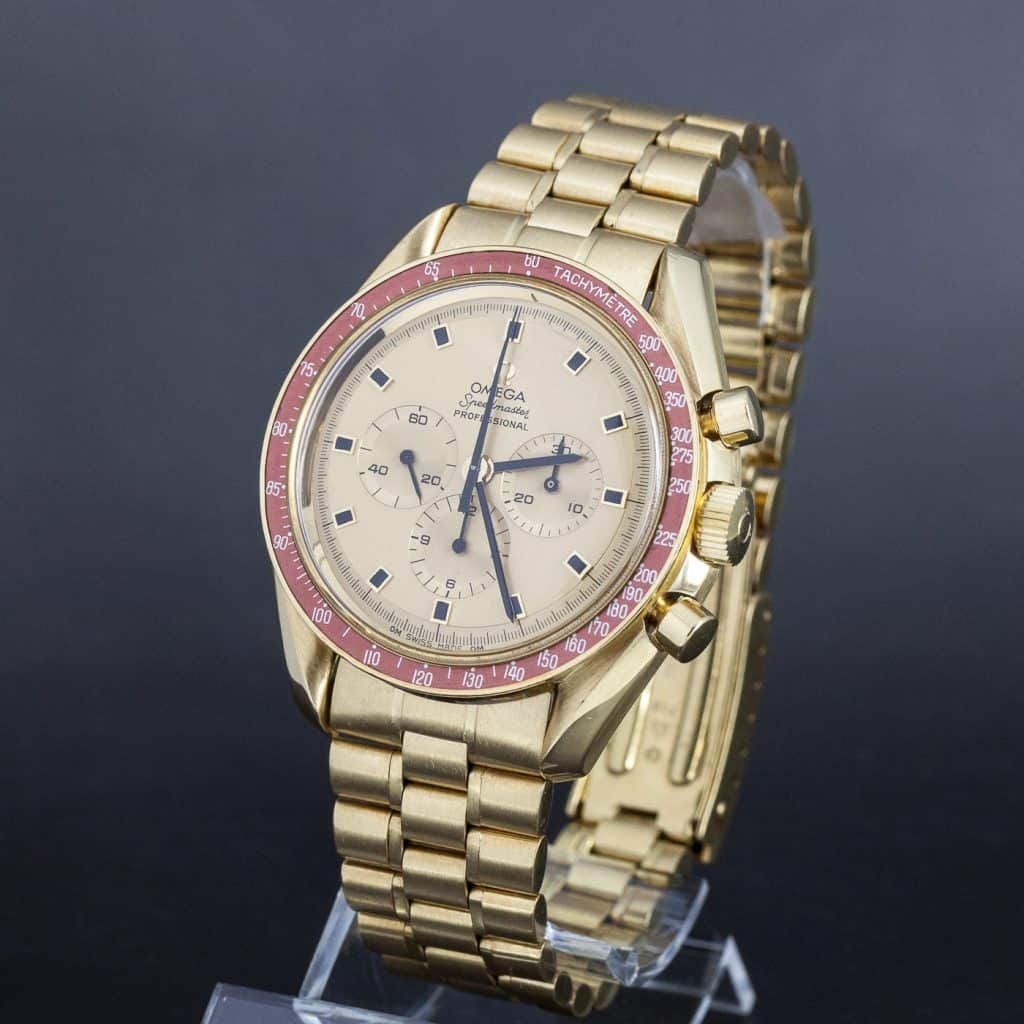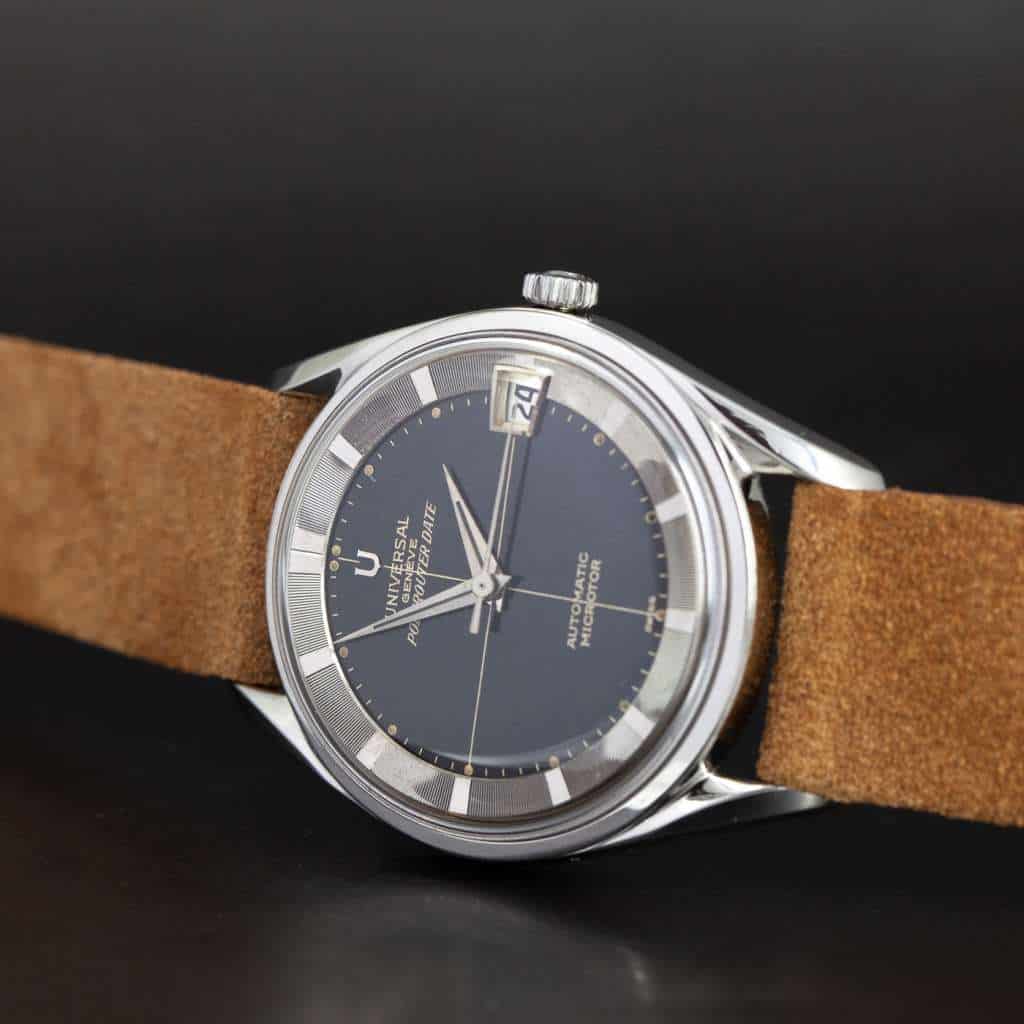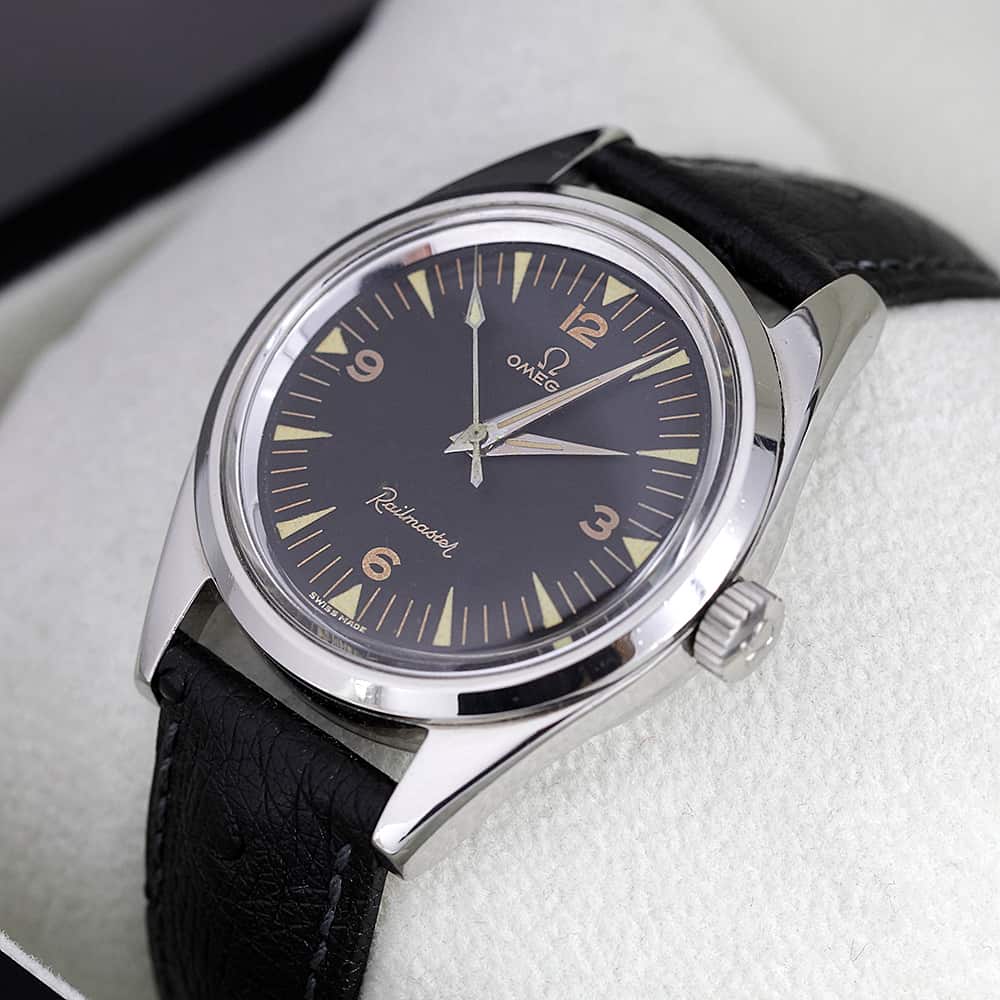Watch valuation
We determine the value of watches for our customers using many different criteria and starting points. We often talk about the buying-in price of a watch when purchasing it for our collection. This is the value of the watch in its current condition before maintenance and other finishing work. When servicing a watch, the customer often wants to know the value of their watch before and after maintenance. Collectors can ask us to estimate the insurable value of their entire collection, or to determine the current value of an individual piece. Heirs often want us to determine the value of the entire estate’s watches and clocks, and insurance companies ask for value estimates for damaged timepieces as well as for their replacement values. All of these values can be different from each other, and we can help you with all of them.
People bring us watches for valuation every day. In most cases, we can valuate the watch immediately while you wait. Many watches are not particularly valuable, and there is not much that you can do with them. In many cases, however, the customer wants to refurbish the watch because of its history. The sentimental value of a watch is often much higher than its monetary value.
Sometimes a watch may prove to be rarer than usual. Also in these cases, we can often valuate the watch immediately while you wait We will explain why the watch is valuable, which of its components are original, what condition the watch is in and whether it needs to be serviced. We will discuss the service and related costs with you. If you so wish (and the watch suits our collection), we can make you an offer for the watch. However, we will often just agree to service the watch to top condition. Learning more about the watch and its history may often be reason enough to renovate it and continue its history in the family.
There are also more complex cases where the next steps are not that obvious even with our extensive experience. In these cases, we will take the watch under closer examination. We will look into the watchs year of manufacture, reference number, bezel, dial, hands, case, crown, case back and movement. All of these components must go together in order for the watch to be an original. With precious watches, originality is everything. If all the parts of a watch are original, it affects the value of the watch tremendously. It is very common for a vintage watch to have some of its components replaced when servicing it throughout the years, especially parts of the case/dial. With the Omega Speedmaster Moonwatch from 1950s and 1960s, for example, merely replacing the original tachymeter bezel with a new, genuine spare part from the factory reduces the value of the watch by several thousands of euros. This has always been done to all watches, perhaps most frequently to Rolex and Omega models.
Full set
The original documents of the watch also affect its value. As late as in the 1990s, it was normal for a buyer of a new watch to only ask for the warranty papers and the watch. The box, manual and other documents were not considered important. The situation has gradually changed, and people now understand the value of documentation. Documents play a very important role in collectors watches and especially in newer valuable watches. Collectors watches rarely have their documents intact, which is why watches with documents are always more valuable. It is not about authenticity, as this can be proven by examining other parts of the watch, but rather about the fact that collectors always want a full set.
Documents are even more important in the case of newer valuable watches. The market is becoming saturated with convincing counterfeits that are nearly impossible to identify without taking the watch apart. Original, genuine documentation provides security. The problem is that documents can also be forged, especially in the case of Rolexes.



